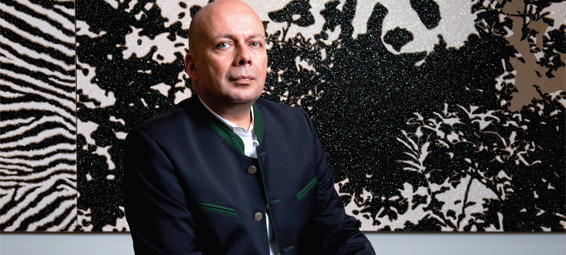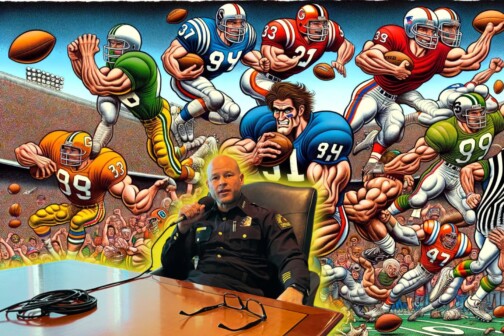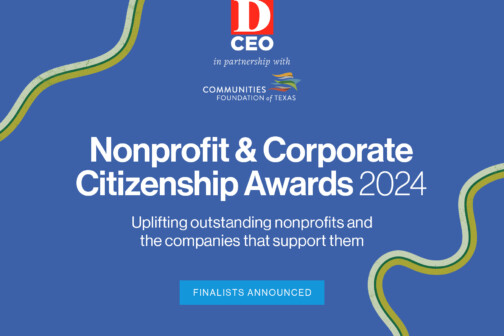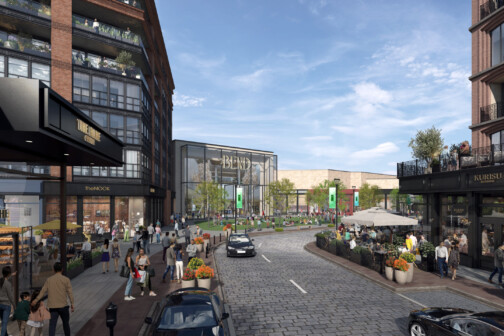When the Dallas Art Fair launched in 2009, the British artist Richard Patterson, who has lived in Dallas since 2002, called it the latest manifestation of a phenomenon he calls the Dallas Effect. In short, the Dallas Effect means that whenever a new cultural trend arrives in Dallas, you know it is the beginning of the end of that particular cultural trend.
Patterson is being only half-facetious. Dallas has a history of warming to ideas, artists, and architects only after their reputations have been well-vetted in other locales. As for the Art Fair, it was hard to ignore the irony that it launched months after the economic calamity that marked the beginning of the end of the art world’s glut and glam years of the 2000s. Nonetheless, it felt as if every city had an art fair, so, naturally, it was time for Dallas to open its own.
This April, the Dallas Art Fair will stage its fourth installment, and its expanded and stabilized list of galleries is one indication that—bucking or aping trends aside—it has found its market. But there is an additional program on the docket for this year’s fair that might send the eyeballs of more skeptical local culturati rolling once again. This April will see the first ever Dallas Biennale, and, with it, this city joins an ever-expanding list of regional centers—from Montevideo, Uruguay, to Cedar Rapids, Iowa—that have adopted the biennale as a way to force an art world intersection through their town by inviting regional, national, and international artists to ship in work, and mix and mingle.
But here’s the surprising bit: if you’re looking for skeptics of the proliferation of the biennale model, you need not look further than the organizers of the Dallas Biennale—Peter Doroshenko, executive director of the Dallas Contemporary, and Florence Ostende, that institution’s new adjunct curator. And if you want proof of their skepticism, here’s the organizers’ oxymoronic, tongue-in-cheek twist to this new art happening: the first Dallas Biennale will also be the last.
That’s right. Names be damned, the Dallas Biennale is being staged as a deliberate flash in the pan. It won’t repeat in two years, and it won’t try to compete with the Texas Biennial, which launched in 2005. The entire thing is a conceptual curatorial project meant to consider the very idea of hosting regional biennale exhibitions.
It is not surprising that both Doroshenko and Ostende are thinking about the biennale model given that one of the Dallas Contemporary’s stated goals is both to bring artists representing trends in contemporary art to Dallas, as well as to foster connections between local artists and the larger art world. This has long been the stated function of the biennale, and the big-boy biennales—Documenta and the Whitney and Venice biennales—can make an artist’s career. But Doroshenko says that the model has been watered down.
“In the 1960s and 1970s, biennales were life-changing. It really became a litmus test for what was really important at the time,” Doroshenko says. “Now they are fancy group shows with a theme that everyone forgets after about 15 minutes, and essays that just ramble on and on. And we just thought, ‘Well, how sad.’”
So the two hatched an idea to use the Dallas Art Fair as an opportunity to talk about the role of the biennale and how that model has evolved (and perhaps diluted itself ) over the years. But there was a problem. How do you talk about a kind of exhibition in Dallas when, outside of a couple of local exhibitions decades ago that used the “biennale” moniker, the city doesn’t host that kind of exhibition?
“We couldn’t do a panel if we didn’t have a context for the panel,” Doroshenko says. “And so we decided, would it be crazy to do a biennale?”
In one sense, the biennale project is a natural extension of how the Dallas Contemporary engaged with the Dallas Art Fair last year, curating a series of installations in the storefront windows at the downtown Neiman Marcus. The Neiman Marcus windows will once again serve as one of the “venues” for the Dallas Biennale, and other spots will include the Goss-Michael Foundation, the Dallas Contemporary, and the Dallas Art Fair, as well as the tiny Oliver Francis Gallery near Fair Park and storefronts throughout the Design District. Key for Doroshenko is that artists are given ample space and freedom, and that they all create new work for their Dallas exhibition, something that is increasingly rare on the biennale circuit.
There will also be interventions, Doroshenko says, like video art that may suddenly appear on the television screens of a sports bar and performance-based pieces in public spaces. And the participant list includes a smattering of Texan and national artists, as well as individuals from Iran, Korea, France, Australia, Brazil, Mexico, Switzerland, and the United Kingdom. And to help facilitate this Dallas Contemporary-initiated conversation about the biennale to the wider art world, there will be a significant online element to the exhibition.
The entire project fits nicely with a phrase Doroshenko has used to describe the Dallas Contemporary since he arrived in late 2010. He calls the organization an “anti-museum,” which means, in part, that he believes it is important to be active both within and outside the Contemporary’s walls, engaging the viewing public in unorthodox ways and continuing to stage projects that are different from ones launched in the past. “I’m sure the staff hates me for always saying, ‘No, we’ve made too many right turns, now it is time to turn left,’ ” he says.
That’s why the Dallas Biennale could never be a true biennale. Repetition would only institutionalize the idea. “Then it becomes a power thing for the Dallas Contemporary, like we have the power because we did a biennale,” Doroshenko says. “And we’re totally opposite to that.”
Dallas Biennale Location Information:
Locations: Neiman Marcus (April); Dallas Art Fair (April 12-15); Goss-Michael Foundation (April 13-August); Dallas Contemporary (April 13–August 19); Design District (April); Oliver Francis Gallery (April) For more information go to: Dallascontemporary.org/upcomingexhibit.html
Partial list of participating artists:
Morehshin Allahyari (Iran); Nick Barbee (USA); Anthea Behm (Australia); Kim Beom (Korea); Michael Corris (USA); Zoe Crosher (USA); Sylvie Fleury (Switzerland); Pierre Joseph (France); Claude Leveque (France); Nicole Miller (USA); Gabriel Martinez (USA); Hugues Reip (France); Delphine Reist (Switzerland); Michael Smith (USA); Mario Garcia Torres (Mexico); and Clarissa Tossin (Brazil).
Photo: Peter Doroshenko,executive director of the Dallas Contemporary (Daniel Balm for D Magazine)






